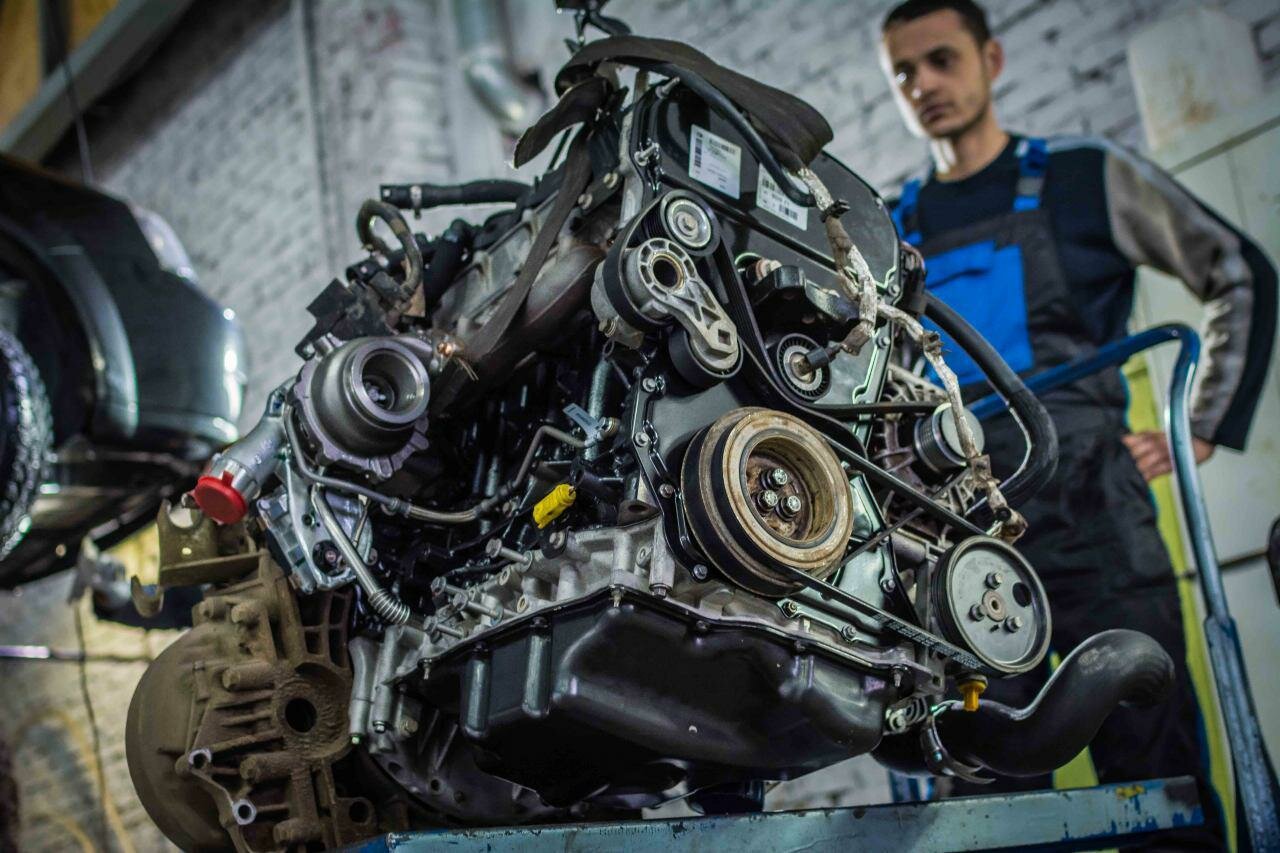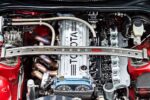Why is My Engine Running Rough?
If you’ve ever experienced the frustration of a rough-running engine, you know how it can quickly turn a smooth ride into a bumpy nightmare. A rough engine not only affects the performance of your vehicle but also raises concerns about potential underlying issues. In this article, we will dive into the reasons behind a rough-running engine, providing you with a no-nonsense breakdown of the most common culprits.
- Ignition Problems: One of the primary causes of a rough engine is ignition problems. Faulty spark plugs, worn-out ignition coils, or a malfunctioning ignition system can disrupt the combustion process, leading to misfires and rough running. Ignoring these issues can result in reduced power, decreased fuel efficiency, and even engine damage.
- Fuel System Issues: Another common culprit behind a rough engine is a problematic fuel system. Clogged fuel injectors, a dirty air filter, or a failing fuel pump can disrupt the proper fuel-air mixture, causing the engine to run rough. This can manifest as hesitation, stalling, or a noticeable decrease in acceleration.
- Engine Misfires: Engine misfires occur when the fuel in the combustion chamber fails to ignite at the right time. This can happen due to a variety of reasons, such as a malfunctioning sensor, a faulty fuel injector, or a vacuum leak. Engine misfires not only make your engine run rough but can also lead to increased emissions and potential damage to the catalytic converter.
- Exhaust System Problems: A malfunctioning exhaust system can also contribute to a rough-running engine. Issues such as a clogged catalytic converter or a damaged muffler can restrict the flow of exhaust gases, causing backpressure and affecting engine performance. This can result in a rough idle, decreased power, and even engine overheating.
Now that we’ve identified some of the main culprits behind a rough engine, it’s crucial to address these issues promptly. Ignoring them can lead to more severe problems and costly repairs down the road. In the following sections, we will delve deeper into the practical recommendations to help you diagnose and resolve these issues effectively. So, let’s get started and get your engine running smoothly once again.
Common Causes of a Rough-Running Engine
1. Ignition Problems
When it comes to a rough-running engine, ignition problems are often at the forefront. Faulty spark plugs, worn-out ignition coils, or a malfunctioning ignition system can wreak havoc on your engine’s performance. Ignition issues disrupt the combustion process, leading to misfires and a rough engine. Symptoms may include a noticeable loss of power, rough idling, and even engine vibrations.
To address ignition problems, start by inspecting your spark plugs. If they appear worn, dirty, or covered in deposits, it’s time for a replacement. Additionally, check the condition of the ignition coils and wires. Any signs of damage or wear should prompt immediate attention. Ignition system diagnostics may require specialized tools, so it’s best to consult a professional mechanic for accurate diagnosis and repair.
2. Fuel System Issues
A problematic fuel system can also contribute to a rough-running engine. Clogged fuel injectors, a dirty air filter, or a failing fuel pump can disrupt the proper fuel-air mixture, leading to engine performance issues. Symptoms may include hesitation during acceleration, stalling, or a decrease in fuel efficiency.
To address fuel system issues, consider cleaning or replacing clogged fuel injectors. A dirty air filter can be easily replaced, ensuring proper airflow to the engine. If you suspect a failing fuel pump, it’s crucial to have it inspected and replaced if necessary. Regular maintenance, such as fuel system cleanings, can help prevent these issues from occurring in the first place.
3. Engine Misfires
Engine misfires occur when the fuel in the combustion chamber fails to ignite at the right time. This can happen due to various reasons, including a malfunctioning sensor, a faulty fuel injector, or a vacuum leak. Engine misfires not only cause a rough engine but can also lead to increased emissions and potential damage to the catalytic converter.
To address engine misfires, start by identifying the underlying cause. A diagnostic scan tool can help pinpoint specific cylinder misfires and identify any related issues. Common remedies include replacing faulty spark plugs, repairing or replacing malfunctioning fuel injectors, and addressing vacuum leaks. It’s essential to address engine misfires promptly to prevent further damage to the engine and ensure optimal performance.
4. Exhaust System Problems
A malfunctioning exhaust system can contribute to a rough-running engine. Issues such as a clogged catalytic converter or a damaged muffler can restrict the flow of exhaust gases, leading to backpressure and affecting engine performance. Symptoms may include a rough idle, decreased power, and even engine overheating.
To address exhaust system problems, start by inspecting the catalytic converter and muffler for any signs of damage or blockage. If a clog is detected, it may require professional cleaning or replacement. Additionally, ensure that the exhaust system is properly secured and free from leaks. Regular inspections and maintenance of the exhaust system can help prevent these issues and ensure optimal engine performance.
Top views |
|
|---|---|
 |
Oil, Timing Chains, Pistons: What Really Kills an Engine Prematurely? |
 |
How to Choose a Car with a Reliable Engine: Used Car Market Hacks That Actually Work |
Conclusion
A rough-running engine can be a frustrating and concerning issue for any vehicle owner. Ignition problems, fuel system issues, engine misfires, and exhaust system problems are among the most common culprits. Promptly addressing these issues is crucial to prevent further damage and ensure a smooth-running engine.
Remember, regular maintenance and inspections are key to identifying and resolving problems before they escalate. If you’re unsure about diagnosing or repairing the issues yourself, it’s always best to consult a professional mechanic. By taking proactive measures and addressing these problems head-on, you can enjoy a smoother and more reliable driving experience.




0 Comments